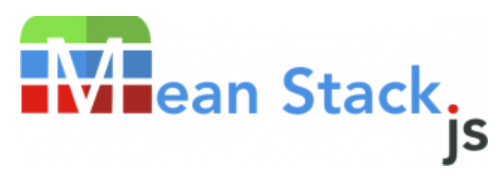 Overview
Overview
Angular 7 is a front-end JavaScript framework that has been released since October 2018. What Angular 7 offers is an updated format of all of Angular 6’s existing features. In addition to updates, Angular 7 also includes new features such as CLI Prompts, drag and drop, and more.
MEAN is a full stack JavaScript framework that is used to build dynamic Angular applications. MEAN is an acronym that stands for Mongo Data Base, Express JS, Angular, and Node JS.
This instructor-led, live training (online or onsite) is aimed at developers who wish to create, build, test, debug and deploy Angular 7 applications using the MEAN stack.
By the end of this training, participants will be able to:
- Set up the necessary development environment to start developing an Angular 7 application.
- Integrate the front-end and back-end components of the MEAN stack.
- Build an Angular 7 application that can perform, create, read, delete, and update operations.
Format of the Course
- Interactive lecture and discussion.
- Lots of exercises and practice.
- Hands-on implementation in a live-lab environment.
Course Customization Options
- To request a customized training for this course, please contact us to arrange.
Requirements
- An understanding of HTML, CSS, and JavaScript
- Experience with database systems
Audience
- Developers
Course Outline
Introduction
What is Angular?
The process of creating single-page applications on Angular
- Stateful vs. stateless
- The evolution of Angular
Overview of MEAN Stack
- The components of the MEAN Stacks
- Front-end vs. back-end
Implementing a MEAN Stack Web Application
- Data storage, servers, and APIs
Preparing the Front-End
- Configuring Angular CLI
- Creating components
- Creating a client-side route
Preparing the Back-end
- Installing and configuring Express JS and NodeJS
- Integrating Mongo DB with Express JS and Node JS
Implementing Application Functionality
- Understanding how loop backs work
- Implementing REST APIs
- Carrying out CRUD (create-read-update-delete) operations
Running the Application
- Processing user queries
- Responding to queries
- Interacting with users
Deploying the Application to Production
Troubleshooting
Summary and Conclusion
